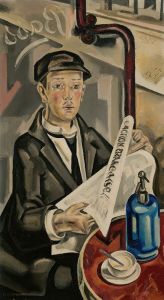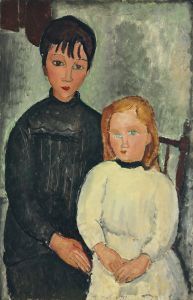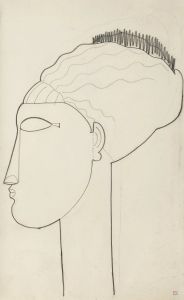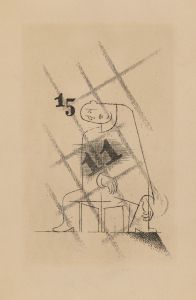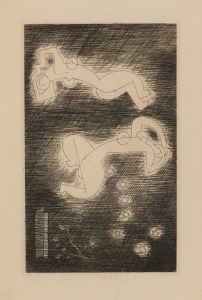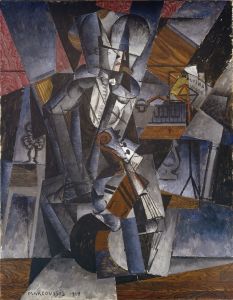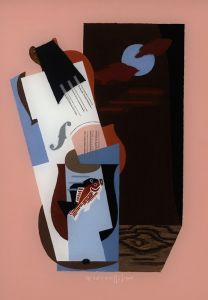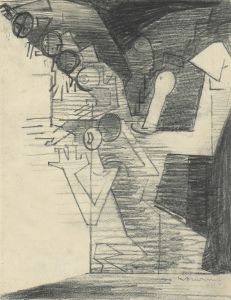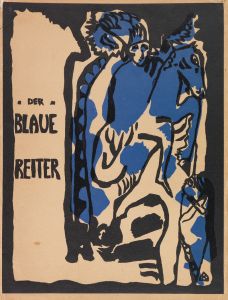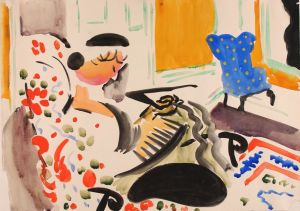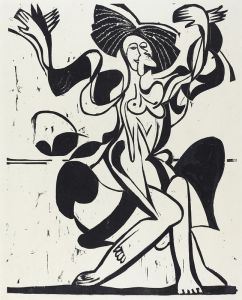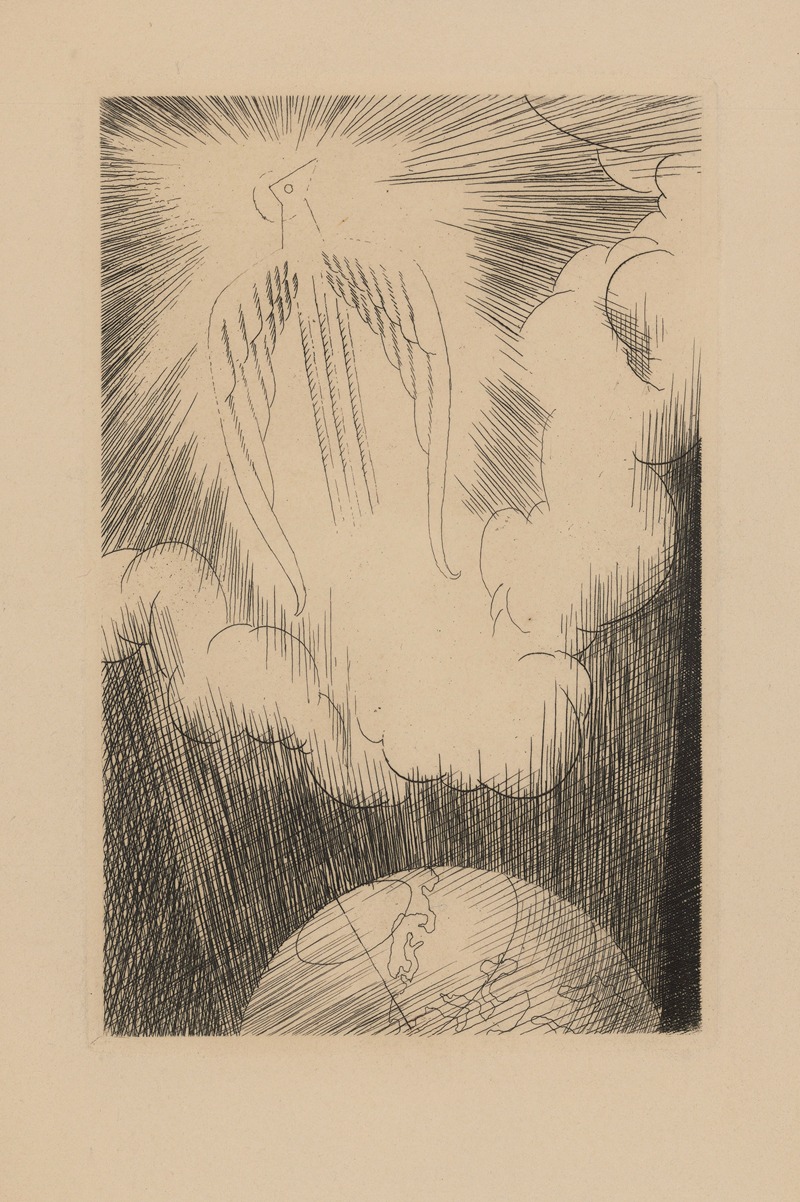
Cortège
A hand-painted replica of Louis Marcoussis’s masterpiece Cortège, meticulously crafted by professional artists to capture the true essence of the original. Each piece is created with museum-quality canvas and rare mineral pigments, carefully painted by experienced artists with delicate brushstrokes and rich, layered colors to perfectly recreate the texture of the original artwork. Unlike machine-printed reproductions, this hand-painted version brings the painting to life, infused with the artist’s emotions and skill in every stroke. Whether for personal collection or home decoration, it instantly elevates the artistic atmosphere of any space.
Louis Marcoussis was a Polish-French painter and engraver associated with the Cubist movement. Born Ludwik Kazimierz Wladyslaw Markus in Warsaw in 1878, he later adopted the name Louis Marcoussis after moving to Paris, where he became an integral part of the avant-garde art scene. Marcoussis is known for his contributions to Cubism, a revolutionary art movement that emerged in the early 20th century, characterized by fragmented and abstracted forms.
One of Marcoussis's notable works is "Cortège," a painting that exemplifies his mature style within the Cubist idiom. While specific details about the painting "Cortège" are limited, it is reflective of Marcoussis's broader artistic approach during the height of his career. His work often involved the deconstruction of objects and figures into geometric shapes, a hallmark of Cubism, which sought to depict subjects from multiple perspectives simultaneously.
Marcoussis's involvement with the Cubist movement placed him among influential contemporaries such as Pablo Picasso, Georges Braque, and Juan Gris. His work was characterized by a meticulous attention to detail and a sophisticated use of color and form. "Cortège," like many of his paintings, likely features a complex interplay of shapes and planes, creating a dynamic composition that challenges the viewer's perception of space and form.
In addition to painting, Marcoussis was also an accomplished engraver, and his skills in this medium informed his approach to painting. The precision and clarity required in engraving can be seen in the structured and deliberate compositions of his paintings. His works often included musical instruments, still lifes, and figures, rendered in a style that balanced abstraction with a sense of order and harmony.
Marcoussis's contribution to the art world extends beyond his paintings. He was an active participant in the Parisian art community, exhibiting his work in prominent galleries and salons. His association with leading artists and intellectuals of the time helped to cement his reputation as a significant figure in the development of modern art.
While specific exhibitions or collections featuring "Cortège" are not widely documented, Marcoussis's works have been displayed in major museums and galleries around the world, including the Museum of Modern Art in New York and the Centre Pompidou in Paris. His influence continues to be recognized in the study of Cubism and early 20th-century art.
In summary, "Cortège" by Louis Marcoussis is a testament to the artist's skill and innovation within the Cubist movement. Although detailed information about the painting itself is scarce, it represents Marcoussis's broader artistic achievements and his role in shaping modern art. His work remains a subject of interest for art historians and enthusiasts, reflecting the enduring legacy of Cubism and its impact on the visual arts.





